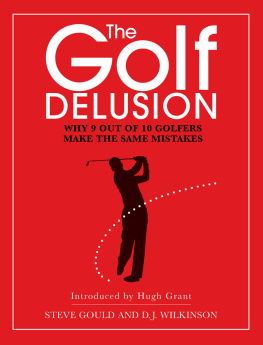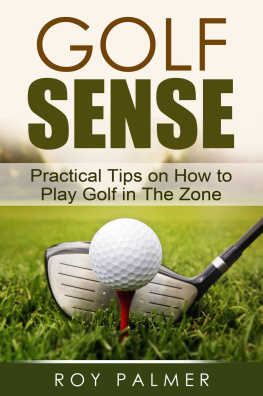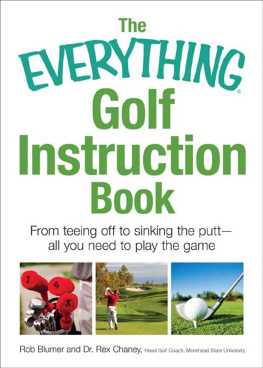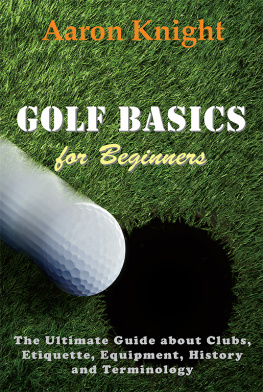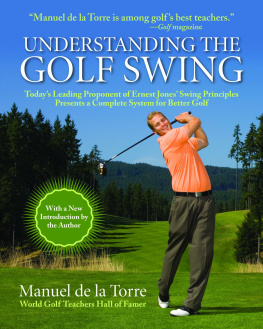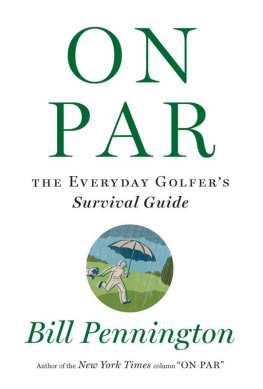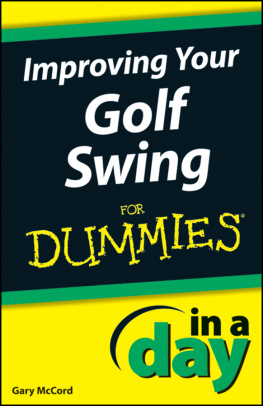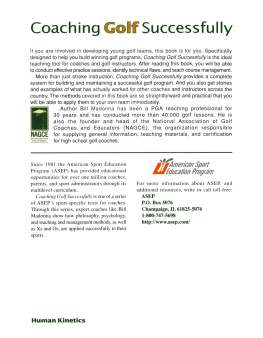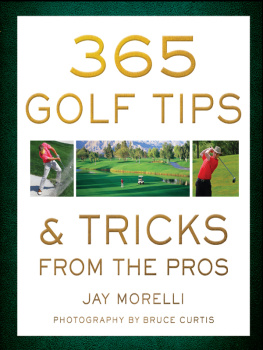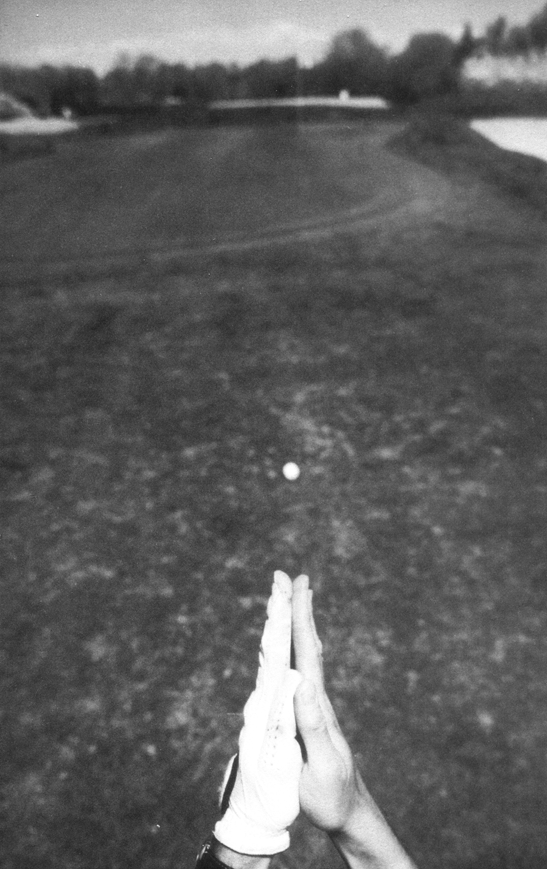Harry Hurt III - How to Learn Golf: The First Complete Guide to Golf Instruction Based on Exclusive Sessions with the Games Top Teaching Pros
Here you can read online Harry Hurt III - How to Learn Golf: The First Complete Guide to Golf Instruction Based on Exclusive Sessions with the Games Top Teaching Pros full text of the book (entire story) in english for free. Download pdf and epub, get meaning, cover and reviews about this ebook. year: 2010, publisher: Atria Books, genre: Romance novel. Description of the work, (preface) as well as reviews are available. Best literature library LitArk.com created for fans of good reading and offers a wide selection of genres:
Romance novel
Science fiction
Adventure
Detective
Science
History
Home and family
Prose
Art
Politics
Computer
Non-fiction
Religion
Business
Children
Humor
Choose a favorite category and find really read worthwhile books. Enjoy immersion in the world of imagination, feel the emotions of the characters or learn something new for yourself, make an fascinating discovery.

- Book:How to Learn Golf: The First Complete Guide to Golf Instruction Based on Exclusive Sessions with the Games Top Teaching Pros
- Author:
- Publisher:Atria Books
- Genre:
- Year:2010
- Rating:5 / 5
- Favourites:Add to favourites
- Your mark:
How to Learn Golf: The First Complete Guide to Golf Instruction Based on Exclusive Sessions with the Games Top Teaching Pros: summary, description and annotation
We offer to read an annotation, description, summary or preface (depends on what the author of the book "How to Learn Golf: The First Complete Guide to Golf Instruction Based on Exclusive Sessions with the Games Top Teaching Pros" wrote himself). If you haven't found the necessary information about the book — write in the comments, we will try to find it.
Talk to any and all golfers, be they Tour professionals or once-a-month country clubbers, and youll hear that they want to improve their game in some way. But up until now, most expert books on golf instruction have focused only on the approach advocated by a particular teaching pro or famous player; the authors usually talk about the golf swing or the putting stroke as if there is only one way to do it -- their way. With How to Learn Golf, the first comprehensive guide to contemporary golf instruction, Harry Hurt III will help you become a better golfer by identifying what type of player you really are, and which of the several leading methods are right for you and your golfing goals.
Based on Hurts sessions with all of Americas top ten instructors, this book helps you choose between the two main types of golf instruction available -- error correction, which offers a quick fix for a specific swing flaw, and swing development, where the focus is on building the swing from top to bottom. Hurt provides illuminating detail on the most effective approaches to improving each aspect of your golf game: putting, the full swing, the short game, and the all-important mental game.
Hurt also includes a biographical listing of the best golf instructors nationwide and where their expertise lies, so you can determine who may be best suited to your needs. And if youve never sought an instructor before or youve had problems communicating with yours, there are two handy worksheets: eighteen questions you should ask your teaching pro and eighteen questions your pro should ask you.
From beginners and high handicappers to scratch players and Tiger Woods wannabes, golfers of all skill levels looking to take the next step to improving their games need only look to How to Learn Golf.
Harry Hurt III: author's other books
Who wrote How to Learn Golf: The First Complete Guide to Golf Instruction Based on Exclusive Sessions with the Games Top Teaching Pros? Find out the surname, the name of the author of the book and a list of all author's works by series.

